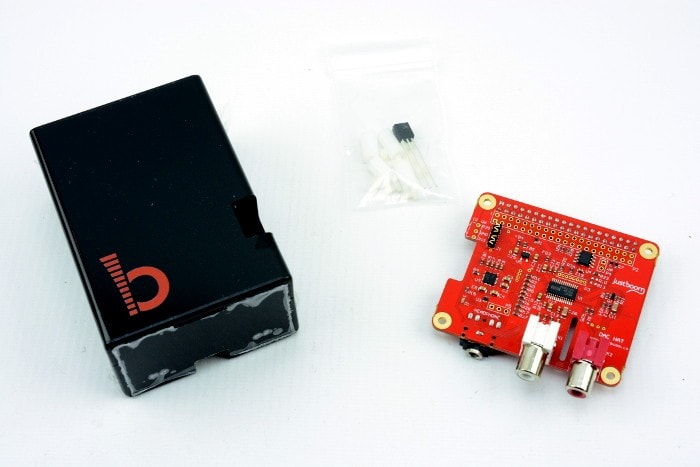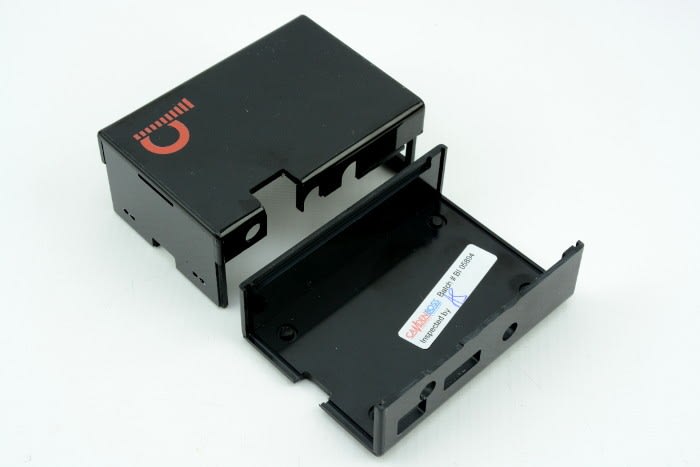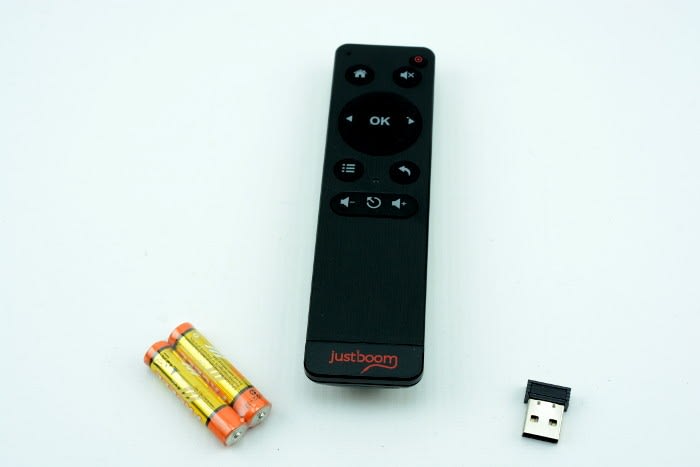JustBoom adds HQ Audio to the Pi
Follow articleHow do you feel about this article? Help us to provide better content for you.
Thank you! Your feedback has been received.
There was a problem submitting your feedback, please try again later.
What do you think of this article?
Simple solution with great software support for 32-bit / 192kHz audio
The immensely flexible Raspberry Pi can be put to a great many uses, but one area where it could benefit from a hand is in applications that have a requirement for analogue audio. While the Pi does have a 3.5mm jack, the sound output via this is of notably low quality, often with distinct noise.
However, fear not, as the JustBoom DAC HAT makes it trivial to add high quality audio to the Pi — up to 32-bit at 192kHz sample rate, in fact! This easy-to-use board simply plugs onto the Pi’s GPIO header and no soldering is required. Furthermore, it comes with great software support.
Hardware
The JustBoom DAC HAT features the following specifications:
- Burr-Brown / Texas Instruments PCM5122 DAC chip – 384kHz / 32 bit (due to Linux driver restrictions, max frequency is limited to 192kHz on the Raspberry Pi)
- Texas Instruments TPA6133A2 headphone amplifier – 138mW
- Fully integrated hardware volume mixing via “alsamixer” or any ALSA compatible application
- Integrated EEPROM for automatic Raspberry Pi devicetree driver configuration and fully HAT compatible
- Optional Vishay TSOP4838 IR receiver included in package (solder yourself if required)
- 112dB signal to noise ratio (SNR) and -93dB total harmonic distortion (THD +N at -1dB) for best-in-class audio
- Advanced ESD protection on both headphone and RCA outputs
- Ultra low noise voltage regulator for the best audio output (LDO 10uVrms)
The IR receiver will only be required if you have an infra-red remote. And while the DAC sample rate is effectively limited to 192kHz, this is more than enough for the vast majority of applications.
Burr-Brown — now part of TI — are famed for their digital-to-analogue converters and for many years high-end HiFi manufacturers have boasted use in products. That this device interfaces via I2S, rather than USB, is a nice feature, should mean a little less CPU overhead and given that USB is also shared with Ethernet, it’s often good to use alternate interfacing where possible.
Fitting the HAT to the Pi is simple and secured in place via four nylon spacers, plus 8 nylon screws.
JustBoom offer a matching case with all the appropriate cut-outs. This is also simple enough to assemble. However, it’s definitely worth following the instructions, rather than just diving in and having a go, as this can save a lot of frustration trying to fit it all together!
Remote control
JustBoom also offer two remote controls. The first of which is lower cost, infra-red and thus requires the phototransistor to be fitted to the DAC HAT. Whereas the second is RF based and includes a USB adapter for the Pi, while also integrating a gyroscope and accelerometer.
The more advanced Smart Remote can be seen pictured above.
Extensive software support
There is no shortage of software support for JustBoom hardware and at the time of writing guides are provided for:
- OSMC
- MAX2PLAY
- Openelec
- Volumio
- Raspbian
With guides also planned for Pi MusicBox, LibreELEC, DietPi, piCorePlayer, Snappy Ubuntu Core, Ubuntu MATE and RuneAudio!
I decided to give OSMC a go.
First the Pi image was downloaded and then this was wrote out to a Micro SD card.
The card was then inserted into the Pi, before booting and running through basic setting up. The guide provided for OSMC takes you through configuring the built-in support for JustBoom hardware, along with configuring the WiFi also.
Worth noting that once the OSMC configured Pi and JustBoom DAC HAT is on the network, you can then also enable the web interface and do away with the keyboard, monitor and mouse.
Hooking it up
I have to admit to being much more of an analogue type when it comes to HiFi and to the extent that my main amplifiers — two substantial “mono blocks” — utilise valve amplification and were designed in the early 1950s, if not before... This coupled with an ever growing record collection.
That said, there is no escaping digital audio these days and there are many times when something is either not available on vinyl, you’d like to stream a digital radio station — or it would be nice to queue a play list and not have to constantly get up to turn over records else put a new one on! With this in mind the Pi + JustBoom has been added to theHiFi configuration at home, alongside the vintage Quad II valve amplifiers, a simple DIY control box and turntable.











